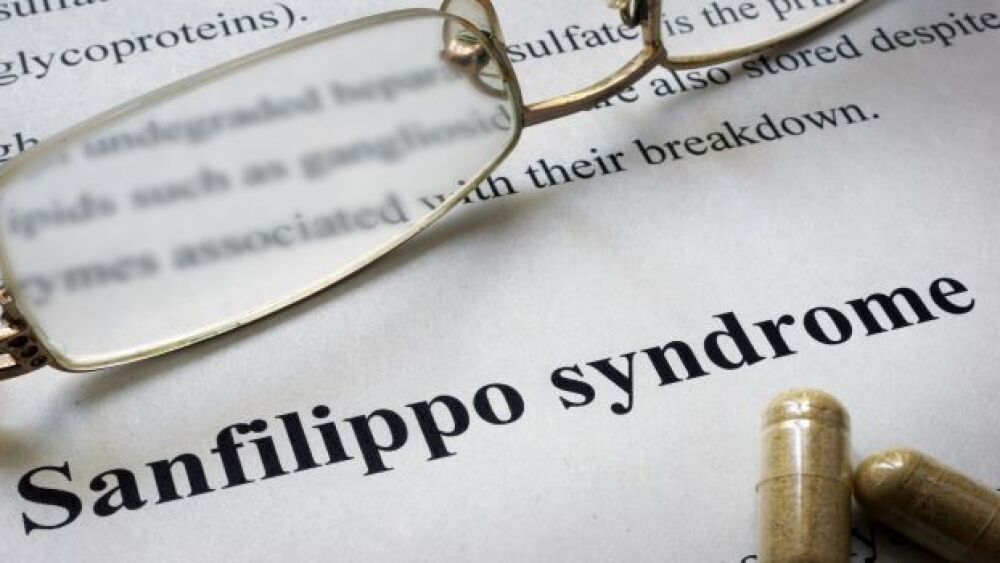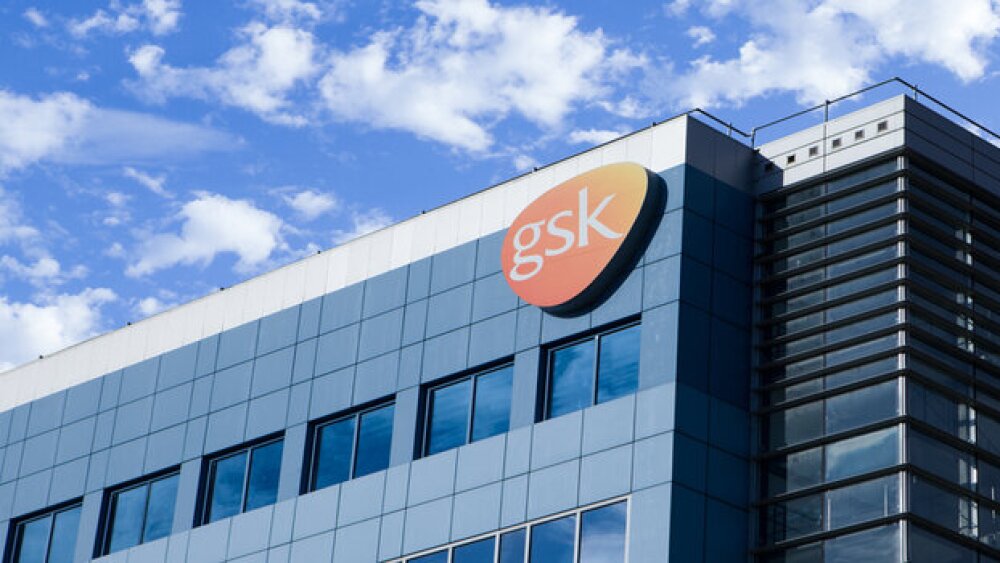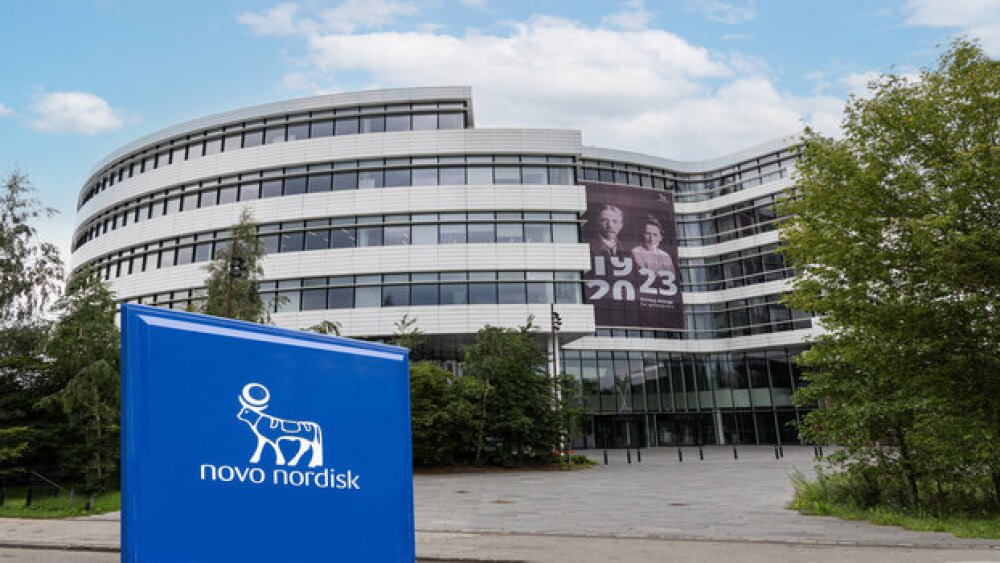Abeona Therapeutics’ shares popped 18.32% in pre-market trading after New York and Cleveland-based company announced magnetic resonance imaging (MRI) data from its Phase I/II Transpher A trial in San Filippo Syndrome Type A (MPS IIIA).
Abeona Therapeutics’ shares popped 18.32% in pre-market trading after New York and Cleveland-based company announced magnetic resonance imaging (MRI) data from its Phase I/II Transpher A trial in Sanfilippo Syndrome Type A (MPS IIIA).
MPS IIIA is a rare, fatal disease of lysosomal storage. It primarily affects the central nervous system (CNS) and is marked by rapid neurodevelopmental and physical decline. Children with the disease have progressive language and cognitive decline and behavioral problems. The disease is caused by genetic mutations that cause a deficiency in the SGSH enzyme that breaks down glycosaminoglycans. The glycosaminoglycans then accumulate in cells in the body. There are no approved treatments.
The company’s ABO-102 is a novel gene therapy. It is a one-time intravenous infusion. It uses a self-complementary AAV9 vector to transport a functional copy of the SGSH gene to CNS and peripheral organ tissues. It has Regenerative Medicine Advanced Therapy, Fast Track, Rare Pediatric Disease, and Orphan Drug designations. In Europe, it holds PRIME and Orphan medicinal product designations.
The MRI data demonstrated that ABO-102 increased gray matter, corpus callosum and amygdala volumes in the brain. The results were in three pediatric patients with MPS IIIA. The results were observed at 24 months and compared to afflicted patients who did not receive the treatment.
“Brain volume is characteristic in children with MPS IIIA and is associated with long-term cognitive and physical disability,” said Vishwas Seshadri, head of Research and Clinical Development for Abeona. “Specifically, gray matter is important for cognitive development, corpus callosum for motor function, and amygdala for fear learning as well as social/emotional development. The new MRI data shows the potential of ABO-102 to increase brain gray matter, corpus callosum and amygdala volumes and is consistent with previously reported results of preservation of neurocognitive development in these three young patients in the Transpher A study.”
The trial is an ongoing, two-year study. It is for patients from birth to two years of age, or patients who are two years or older with cognitive development quotient of 60% or higher. The trial’s primary endpoints are neurodevelopment and safety. Secondary endpoints include behavior evaluations, quality of life, enzyme activity in cerebrospinal fluid (CSF) and plasma, heparan sulfate levels in CSF, plasma and urine, and brain and liver volume.
The company has had a busy month. On July 23, it announced it had activated a second clinical trial site for its Phase III VIITAL trial of EB-101 for recessive dystrophic epidermolysis bullosa (RDEB) at UMass Memorial Medical Center in Worcester, Mass. RDEB is a rare connective tissue disease marked by severe, painful skin wounds. It is caused by a defect in the COL7A1 gene, which prevents the patients from producing functioning type VII collagen, necessary as a foundation for dermal and epidermal layers of the skin.
EB-101 is a gene therapy that leverages gene transfer to deliver the COL7A1 gene into the skin cells of the patient outside of the body, then transplants those cells back into the patient.
“With UMass and Stanford, we are able to provide convenient treatment locations on the East Coast and West Coast to make travel and logistics easier for patients and families, while also expanding physician experience with EB-101 as we plan for potential commercial launch,” said Seshadri.
And on July 7, Abeona updated the Phase I/IIa trial results for EB-101 for RDEB for up to six years of treatment, which they presented at the Society for Pediatric Dermatology 46th Annual Meeting. This data indicated that investigator assessment of wound healing of 50% or more from baseline was seen in 69% of treated wounds at three years, 93% at four years, 80% at five years, and 80% at six years.
They also provided data from a survey of patient-reported pain at three to six years after treatment. The survey demonstrated that 76% of the treated wounds with healing of 50% or more had improved pain scores, and 53% said they were “much/very much improved” pain scores.
“The updated Phase I/IIa results showed safety and durable efficacy follow up, with EB-101 treated wounds continuing to show a considerable reduction in both wound burden and associated long-term pain for up to six years,” said Seshadri.





